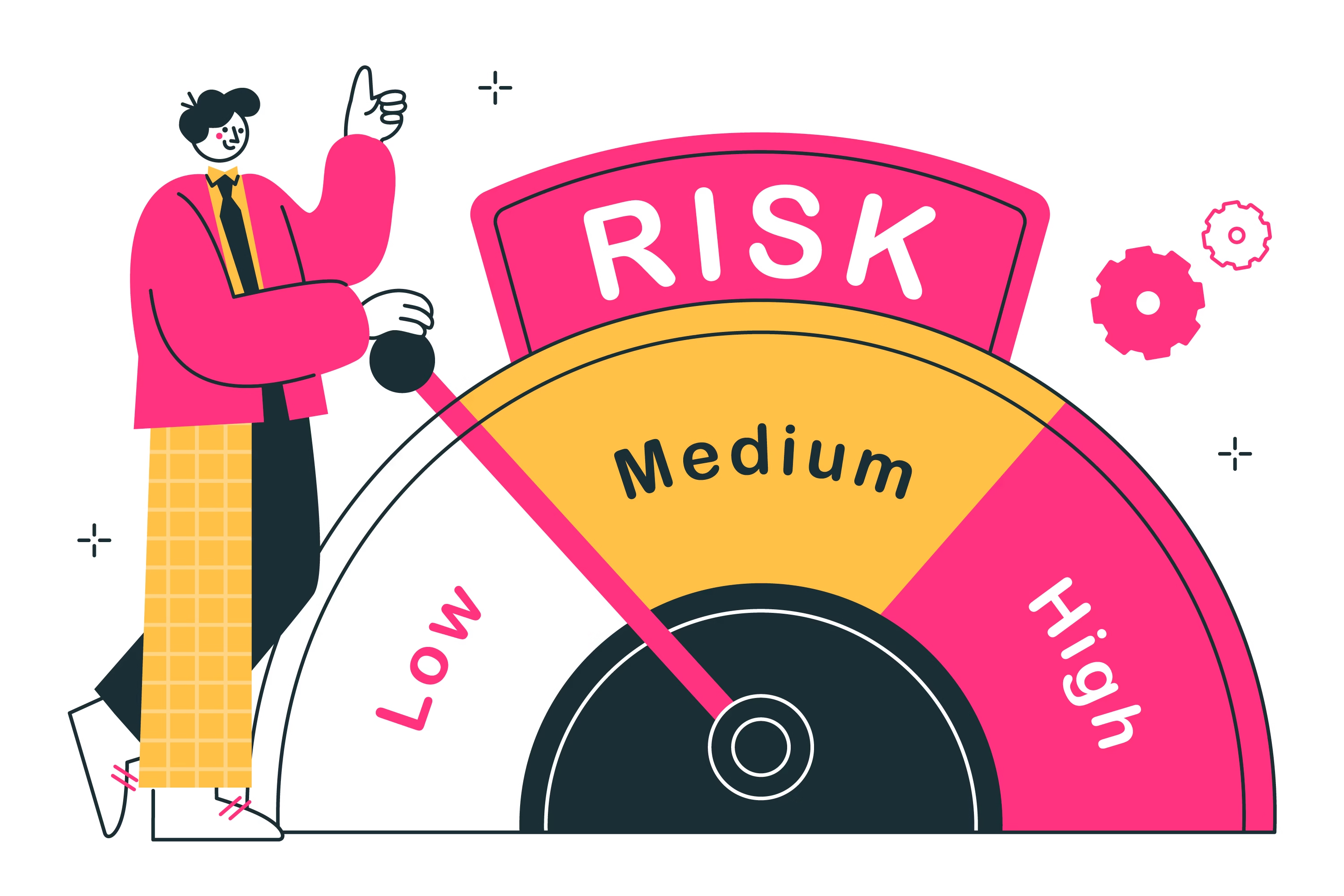
Key Factors that Determine the Performance of an Investment
Investing can be a path to financial growth, but the performance of investments can fluctuate significantly depending on a variety of factors. Understanding what determines how well an investment performs is crucial for both new and experienced investors alike. Whether you’re exploring best performing investment funds, evaluating investment performance services, or seeking the best performing investment trusts over 10 years, the factors that drive performance must be clearly understood.
The Problem: Why Does Investment Performance Vary?
Every investor has felt the tension that arises when investments don’t perform as expected. The ups and downs in the market, fluctuating returns, and ever-changing economic conditions can leave you questioning why certain investments perform better than others. The truth is, the best performing investment funds or best performing investment ISA are not immune to challenges. Investors often face confusion in understanding the nuances that affect the growth of their portfolios.
Additionally, different investment vehicles, such as investment trusts or stocks, each have unique drivers behind their performance. While Scottish Mortgage investment trust performance might be impressive one year, the Aviva investment bond performance could be underwhelming. But why do such discrepancies exist?
Understanding the reasons behind this variation can help in making informed decisions that maximize investment returns. Many investors rely on investment trust performance tables to compare potential gains, but they often overlook deeper factors that influence these results. How can you predict the performance of your investments accurately?
The Agitation: The Complexity of Investment Performance
The reality of investing is complex. As market conditions shift, external factors—such as inflation, economic downturns, and changes in consumer behavior—create volatility that directly impacts performance. Imagine investing in a top performing investment trust like F&C Investment Trust, only to see its performance plummet due to an unforeseen market crash. These types of scenarios can evoke feelings of uncertainty and frustration.
Furthermore, evaluating the best performing investment funds UK becomes a daunting task when you factor in the different types of funds available—each with its own structure, objectives, and associated risks. Similarly, looking at investment funds performance or comparing best performing investment isas UK can leave investors confused as they balance long-term growth with short-term market fluctuations.
When performance dips, especially after years of consistent growth, it triggers stress and doubt. But what if you could better understand the factors at play to ensure that you are positioning your investments for success despite the unpredictable nature of the market?
The Solution: Understanding the Key Factors that Drive Investment Performance
Market Conditions and Economic Cycles
The state of the market plays a significant role in determining how an investment performs. Best performing investment trusts over 5 years often show strong returns in times of economic expansion, while others may falter during recessions. The performance investment Pte Ltd or other large asset managers, for instance, track economic cycles and adjust their investment strategies accordingly.
Understanding broader market conditions helps you make decisions based on historical patterns and future forecasts. Active vs passive investing performance is another critical debate, as active management may outperform during market volatility, whereas passive funds are more stable during bull markets. The best performing investment managers are often those who can anticipate changes in the economy and adjust their strategies before major shifts happen.
Investment Strategy: Active vs. Passive Management
One of the most important factors in determining investment performance is the strategy used. Active investing involves selecting specific assets to outperform the market, often at higher costs. Passive investing, on the other hand, tracks market indices, offering lower fees and usually more stable returns.
The difference between these two strategies can be stark in certain market conditions. For example, Scottish mortgage shares Investment returns may be superior in active management, but index funds performance might be more attractive in a market rally. The best performing investment funds 2024 or even best performing funds to invest in can often be identified by analyzing the performance of active managers against passive options.
Asset Allocation and Diversification
Diversification is a strategy that involves spreading investments across a variety of assets to reduce risk. It’s one of the most effective ways to protect against volatility. The correct mix of stocks, bonds, and alternative investments can make a huge difference in the investment fund performance tables UK over time.
Investors who carefully consider how to allocate their resources—be it between best performing investment bonds, best performing income investment trusts, or alternative Investment returns—are more likely to achieve smoother, more consistent returns. Diversified portfolios tend to weather downturns better, offering less dramatic swings than concentrated portfolios.
Management Fees and Costs
Fees can eat into investment returns, especially over the long term. This is why it’s essential to consider the management fees when evaluating any fund. High fees in actively managed funds, for example, can detract from the Investment returns attribution and result in lower overall returns. For example, comparing best performing investment funds UK with lower fees can often lead to higher net returns for the investor.
While certain investment funds performance or investment trust performance tables show robust returns, their high costs may not make them as appealing after factoring in the cost of investment. Investors need to look for best performing investment funds 2023 and assess the overall value—not just the headline returns.
Timing and Market Trends
Timing is essential in any investment. Whether you are investing in best performing UK investment trusts or examining top performing investment funds, knowing when to enter or exit an investment can significantly affect your returns. For example, NatWest invest performance might look great, but if you enter at the peak of a market bubble, your investment may suffer in the long term.
That’s why Investment returns measurement tools are essential for tracking returns over time and adjusting your strategy. Using these tools to monitor barclays investment funds performance or prudential investment bond performance will allow you to spot trends early and react accordingly.
Risk Management and Volatility
Risk management is vital in ensuring long-term investment success. Different assets carry different levels of risk, and volatility can have a huge impact on short-term returns. Understanding investment trust performance tables can help identify those that are less prone to volatility. For example, best performing investment companies or investment trusts performance tables often provide insights into which funds are better at handling periods of uncertainty.
Volatility can be a double-edged sword—while it offers potential for high returns, it also increases risk. Understanding this balance and carefully selecting investments like Best performing investment bonds UK or best performing wine investments can be the key to consistent performance.
FAQs
What are the best performing investment funds?
The best performing investment funds depend on your risk tolerance, investment goals, and time horizon. However, some of the top performers over the years include Scottish Mortgage investment trust and F&C investment trust performance.
How can I measure investment performance?
You can measure Investment returns through various metrics such as total return, annualized return, or through more detailed Investment returns attribution to see what factors contributed to the results.
What are the best performing investment trusts over 10 years?
Some of the best performing investment trusts over 10 years include Scottish Mortgage Investment Trust’s share price performance and Aberdeen investment trusts performance.
How do fees affect Investment returns?
High management fees can reduce the overall return on an investment, so it’s crucial to evaluate best performing investment funds UK that offer competitive fees while maintaining strong returns.
What is the difference between active and passive Investment returns?
Active investing seeks to outperform the market by selecting individual assets, while passive investing tracks an index, offering lower fees and more consistent returns.
What is the best investment strategy for long-term growth?
For long-term growth, many investors prefer a balanced strategy combining diversification and passive investing, allowing them to manage risk while achieving stable returns.

